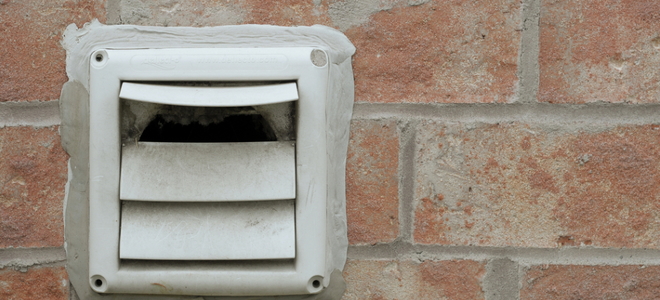However in some homes when brick was actually easier to come by than other materials they would build a block wall out of brick where there was an interior and exterior brick.
Opening for dryer vent in concrete wall too small.
It doesn t have to be a deal breaker.
It s also flush with the wall so that it doesn t protrude at all on the inside.
Again the dryer exhaust would need to be at nearly the location of the location in the wall but since the vent would be in the wall theoretically it could be modified.
The only reason that people vent dryers into water is to contain the lint so it doesn t fly.
Normally a foundation wall with a small ledge must be placed so that the brick can set on it.
The vent usually terminates on an exterior wall and it isn t unusual for lint to collect on the cap and block the opening.
Open up a small 4 1 4 hole in the exterior wall.
Also the dryer could be moved front to back.
Putting a hole in the exterior wall.
Recessed dryer boxes allow you to hide your ducting in the wall space between studs.
If you re building a new laundry room or remodeling this won t be a big deal to add to your plans.
2 coming out of the wall behind the dryer this would require the dryer exhaust to come out of the back.
3 replace the vent cover and apply a bead of silicone caulk.
The dryer vent has a small metal pipe only 3 in diameter that leads to the outside.
If you re working with an existing space you ll have to cut into your wall but deep breath.
If the opening isn t capped birds and small animals may also nest in.
The interior part of the wall can then be wood framing or concrete block.
Trim the tip in small increments until you have an opening that is large enough to produce a bead of caulk that will fill the gap.
Now comes the most challenging part of dryer vent installation.










